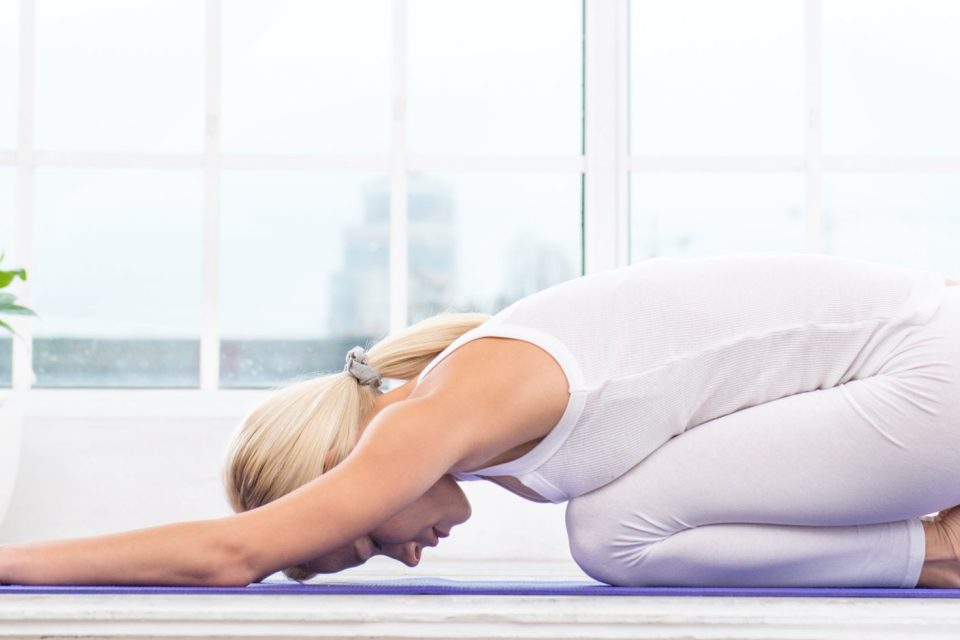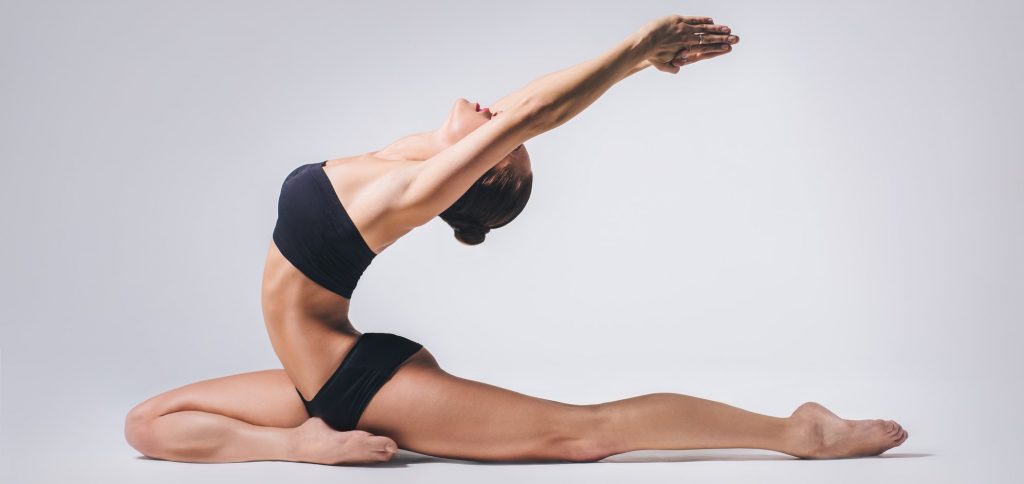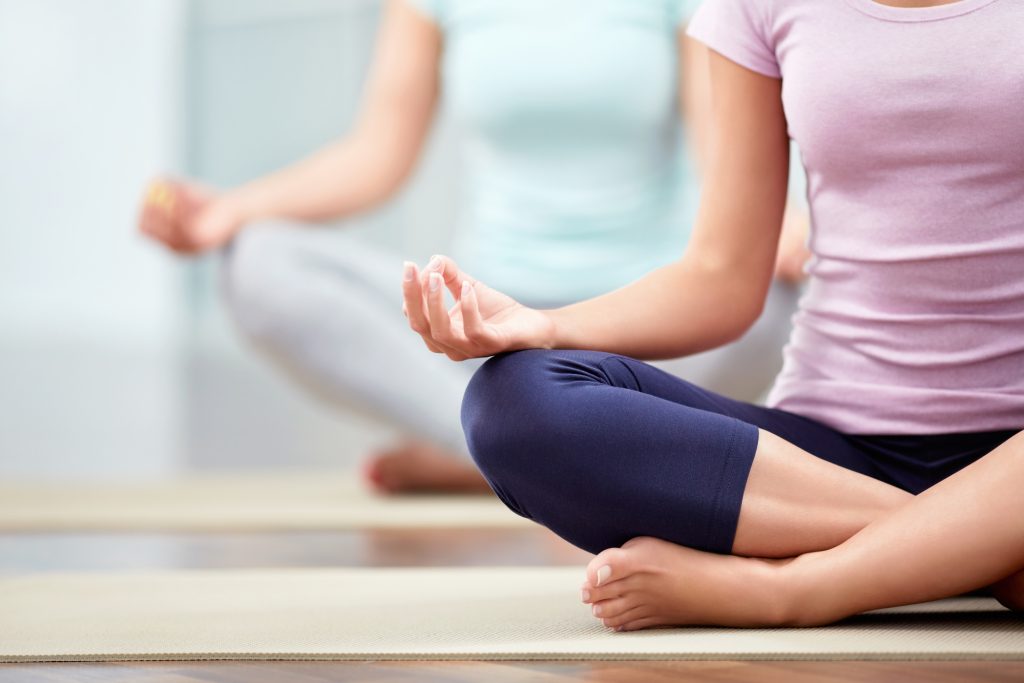Hatha Yoga: the first yoga

Hatha Yoga translates to mean “ha” (sun) and “tha” (moon), yoga is the Sanskrit word for union. Together Hatha Yoga describes the union of the opposing powers of sun and moon to bring balance to our lives.
Why Hatha Yoga?

Hatha yoga is designed to promote flexibility and strength to bring balance in our bodies. Equilibrium is key. Hatha Yoga teaches us control; we control our posture and our breath to reach a deeper sense of internal power. Mastery of our physical body, leads us to our chakras (energy centres), which control mood and emotion. By exercising control over these we are potentially able to unlock a higher state of consciousness.
Receive all our tips by email!
Love Astrology? Subscribe Now and Receive Exclusive Content!
History of Hatha Yoga
Hatha Yoga originates from India as far back as 400AD. The original writing on the subject can be found in the Sutras of Patanjali. Patanjali referred to Hatha Yoga as having eight limbs, these limbs were a total description of how to live.
Hatha philosophy is the basis for all modern styles of yoga from Bikram to Iyengar.
The eight limbs
The eight limbs are essentially a way to live a happier, more positive and meaningful existence. One must master each limb, to reach a state of bliss or enlightenment. By practicing Hatha Yoga and the eight limbs consistently, we can understand the true meaning of our lives. The eight limbs are:
1. YAMA: moral compass.
2. NIYAMA: positive observances or helpful qualities.
3. ASANA: posture.
4. PRANAYAMA: breathing exercises.
5. PRATYAHARA: sense withdrawal.
6. DHARANA: focused concentration.
7. DHYANA: meditation.
8. SAMADHI: bliss or enlightenment.
Modern yoga focuses mainly on the limbs of asana, pranayama and dhyana. Lets look at these in more detail.
Asana
Hatha Yoga asanas are done slowly and poses are held for five breaths or more, (sometimes a lot more). The view is to sit with your body, sit in the discomfort, to become self-aware and to achieve strength, balance and ultimately control.
Pranayama
The ‘Hatha Yoga Pradipika’ is a 15th century manual written on Hatha yYga and it provides clear instruction on how and why pranayama is important. Prana means ‘life force energy’ and ayama means ‘control’. Together pranayama is explained as an exercise to control our energy.
This is done through breath control and breathing exercises such as Kapalabhati, where air is forcefully exhaled and inhaled. By controlling our prana, we can heal ourselves, we can remove toxins from the body or calm the mind. Ultimately, we step closer to reaching a spiritual awakening.
Dhyana
To reach the state of dhyana, practitioners must have mastered the previous limbs. They must be able to focus and concentrate singularly for a long time (dharana). This can be learned through consistent pranayama and asana practice.
Meditation has become a buzzword, something to do in between meetings or for a few minutes in bed, using an app on your smartphone. However, in the traditional Hatha understanding of meditation, you cannot just reach such a level of awareness and physical disconnection without careful pre-work. When we meditate, our dharana is usually broken, as yet another thought pops into our head. We move into dhyana when we are able to remain in an unbroken stream of awareness.
Final thoughts

Hatha Yoga is the original yoga, not just a variant, seen on a studio yoga class menu to be tried for an hour. It embodies the eight limbs and is a spiritual philosophy designed to awaken the mind. Asana alone is not enough, but it might give you a starting point on your quest for consciousness.
You may also like:
- Types of Yoga: cheat sheet
- Bhakti Yoga: a spiritual practice
- Iyengar Yoga: slow and steady wins the race
- Sivananda Yoga: what to know
- Yoga Nidra: the yoga hack
- Why choose Kripalu yoga over other styles?
- Aero Yoga: you spin me right round baby!
- Karma Yoga: what goes around comes around
- Bikram Yoga: what to know
- Integral Yoga: what to know

